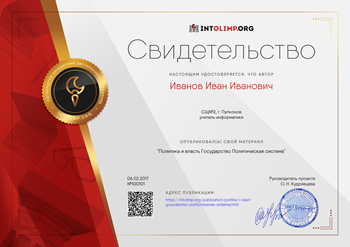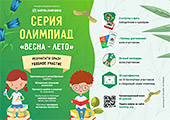| Term 2 Unit 3 "Entertainment and media" | School: № 9 | ||||
| Date: 22.11.2019 | Teacher’s name: Kumissova Albina | ||||
| Grade 8 A | Number present: | Number absent: | |||
| Theme of the lesson: | CLIL: Technology: Television. | ||||
| Learning objectives(s) that this lesson is contributing to | 8.C10 use talk or writing as a means of reflecting on and exploring a range of perspectives on the world 8.S7 use appropriate subject-specific vocabulary and syntax to talk about a range of general topics, and some curricular topics 8.R1 understand the main points in texts on a growing range of unfamiliar general and curricular topics, including some extended texts | ||||
| Lesson objectives | All learners will be able to: | ||||
| Recognize and use vocabulary to do with television. Identify the meaning of the text about television broadcasting in the past and present. | |||||
| Most learners will be able to: | |||||
| Discuss and give opinions about television technology in the past and present. | |||||
| Some learners will be able to: | |||||
| Express ideas about television technology in the past and present building extended sentences. | |||||
| Value links | Information and media literacy. | ||||
| Cross curricular links | Information technology, Social studies. | ||||
| Previous learning | TV programmes and films in Kazakhstan. | ||||
| Use of ICT | Smart board for showing a presentation, getting additional information, playing the audio files. | ||||
| Intercultural awareness | Learners can talk about television technology in Kazakhstan and other cultures. | ||||
| Health and Safety | Breaks and physical activities used. | ||||
| Plan | |||||
| Planned timings | Planned activities | Resources | |||
| Beginning the lesson | The lesson greeting. The teacher sets the lesson objectives, letting students know what to anticipate from the lesson. Warm up. Free talk. What type of television do you have at home? (digital, satellite) Do you know how television works? |
| |||
| Main Activities | Ex.1 p.41. Conveying the meaning of new words. Use of dictionaries. Vocabulary matching task. Answers: A) satellite dish B) interference C) aerial D) decoder E) radio waves F) binary code Ex.2 p.41. Skimming. Answers: 1) A 2) D 3) D 4) A 5) A 6) D Ex.3 p.41. Detailed reading. Comprehension questions. Answers: 1) Analogue broadcasting uses radio waves. 2) The problems with this system were that it could not transmit many channels and the picture quality was sometimes poor because of interference. 3) Binary code is a computer language which only consists of zeros and ones and broadcasters can use it to send a lot of information very quickly. 4) TVs can receive digital information via an aerial, a cable, a satellite dish or broadband. 5) No, a decoder can either be inside a TV or computer, or in a separate box which is connected to it. 6) A high definition TV (HDTV) has better picture quality than a standard TV. Ex.4 p.41. Speaking in a form of discussion. Ex.5 p.41. Asking and answering questions. | CD | |||
| Ending the lesson | Giving the hometask. Presentation "Television broadcasting in the past and present". Self-assessment. Students express their attitude to the lesson and give self-assessment using the method: “Six thinking hats”: Green: How can you use today's learning in different subjects? Red: How do you feel about your work today? White: What have you leant today? Black: What were the weaknesses of your work? Blue: How much progress have you made in this lesson? (Now I can, I still need to work on, I've improved in, Today I learnt... ) Yellow: What did you like about today's lesson? |
| |||
| End 1min | Feedback: Teacher asks students what task was difficult to them and which pair worked well. |
| |||
| Additional information | |||||
| Differentiation – how do you plan to give more support? How do you plan to challenge the more able learners? | Assessment – how are you planning to check learners’ learning? | Critical thinking
| |||
| Differentiation can be achieved through the selection of activities, identification of learning outcomes for a certain student, provision of individual support to learners, selection of learning materials and resources based on the individual abilities of learners. | Assessment criteria: Consider different perspectives on the world orally or in a written form. Apply topic related vocabulary in speech appropriately arranging words and phrases into well-formed sentences. Identify the main idea of text on unfamiliar and curricular topics. Descriptor: A learner: gives evaluation to the problem. uses appropriate subject-specific vocabulary chooses the right answer. Observation Feedback on the work Self-assessment | Students think critically, exploring, developing, evaluating and making choices about their own and others’ ideas | |||







